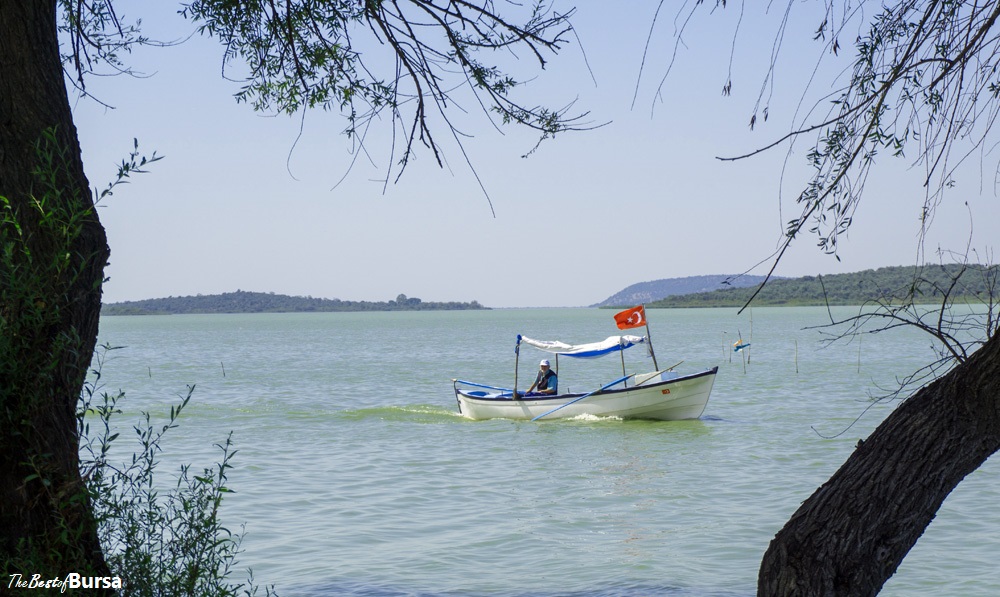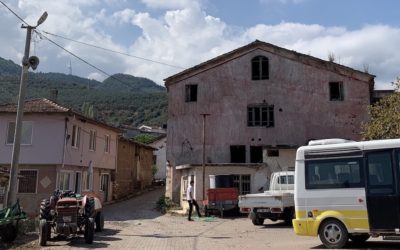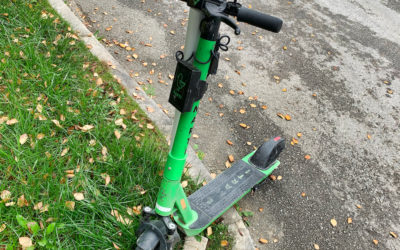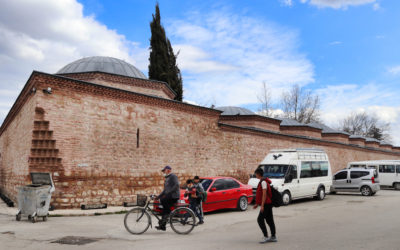Under the shade of sprawling plane trees on a warm summer afternoon, my family and I sat at a table in the cobblestone village square with our friend, Murat, who had graciously offered that day to take us for a drive through Bursa’s countryside. There in the square we sipped tea and enjoyed the cool lake breeze while the kids ran around playing games and drawing smiles from the locals. In front of me, just past the bronze bust of Atatürk, a group of men drank tea on the steps of the village barber shop. To my right, I could see local craftsmen and women in the village bazaar getting ready to open their booths for business. On my left, a group of men sat chatting on benches in front of the open mosque doors. And behind me, boats lined the shore under the bridge connecting the island to the peninsula. We were enjoying a nice afternoon in the beautiful village of Gölyazı.
Gölyazı is a quiet little fishing village jutting out into Uluabat Lake, just west of Bursa. With a rich history reaching back to ancient Greece, a beautiful mountain and water backdrop, and a traditional, slower pace of life, Gölyazı is a fantastic place to relax and spend an afternoon.
Dating back to the second century BC, the town was originally known as Apollonia, in honor of Apollo. In fact, the temple ruins are located just a kilometer or so north of the city. Because the area kept its strong Greek heritage through the centuries (up until the 1920s), the village today is marked by a mix of Greek and Turkish culture. An ancient necropolis (cemetery) spreads out on the edge of town, and sites of the ancient theater, stadium, temples, and walls have been identified. A 19th-century Greek church, beautifully restored as a cultural center, stands on the main street of the peninsula. These landmarks are interspersed throughout a winding complex of narrow streets guarded by ancient stone gates and lined with Ottoman-style homes. Signs of the village’s fishing and farming industries are clearly indicated by the boats and fishing nets lining the water’s edge and the olive and fig sellers peddling their goods in the small open-air bazaar.
On this particular summer day, fishermen laid out the morning’s catch in the village square and local fig farmers hauled in crates of ripe purple figs to sell in the bazaar. Local women offered gözleme and fresh-baked bread and kids flew kites along the shoreline. Across the bridge under the 750-year-old weeping plane tree, locals and visitors alike rested in the shade and drank tea. As we strolled around the edge of the island, we passed by what’s left of the ancient city gate and stopped to chat with old men mending fishing nets and kids selling homemade jewelry. We paused to see the mountains rising out of the lake shore and watch storks wade in the shallow marshes that extend from the shoreline. It was a quiet, relaxing, interesting afternoon.
Before we left town that evening, there were two things we needed to do: stop by the bakery in the village square to pick up a couple of loaves of fresh-baked village bread, and make a stop at the top of the tiyatro hill for a wonderful high view of the village jutting out into the lake. We were not disappointed; Gölyazı is famous in this region for its bread, and the view from tiyatro hill is quite beautiful.
If you’re looking to spend a few hours relaxing and exploring a quiet old village not too far from the city, we highly recommend Gölyazı. It’s undoubtedly among The Best of Bursa.
- To get to Gölyazı from Bursa using public transportation, take bus 5/G from Küçük Sanayi metro station (on the University metro line).
- Be sure to visit the bread bakery in the village square right across from the mosque.
- Some boat operators offer private boat tours around the lake. While I’ve never done this myself, it seems like a nice idea. Just stand by the shore under the bridge and wait for them to come to you. Or ask someone in the village square.
- If at all possible, plan to be in Gölyazı around sunset. Specifically, try to be at the top of the tiyatro hill in Gölyazı around sunset. And have your camera in hand.
- A little further to the west on the shore of Uluabat Lake is the stork and waterfowl sanctuary. Though there is no public transportation from the city directly to the sanctuary, nature lovers may find it worth the taxi fare.





0 Comments